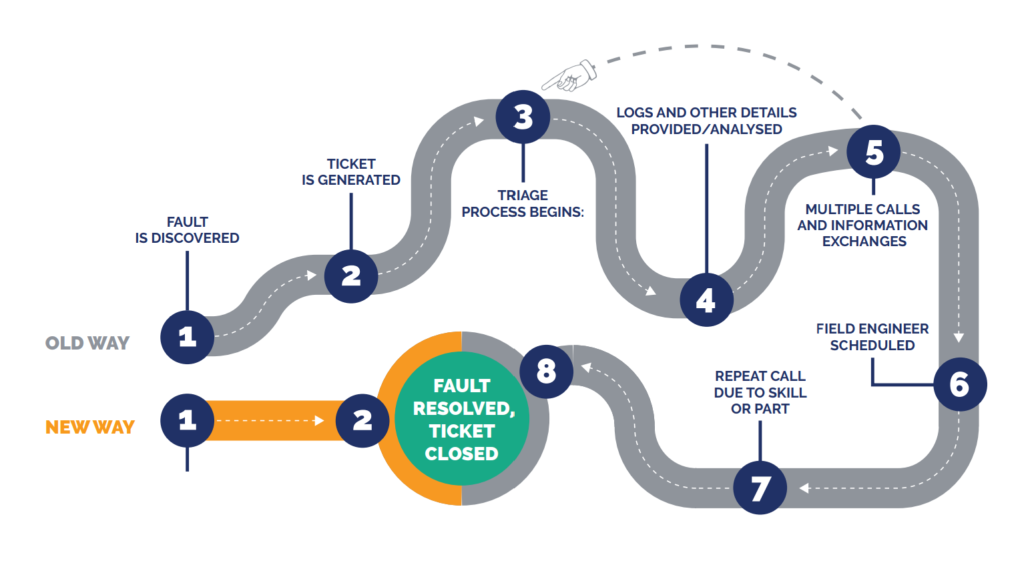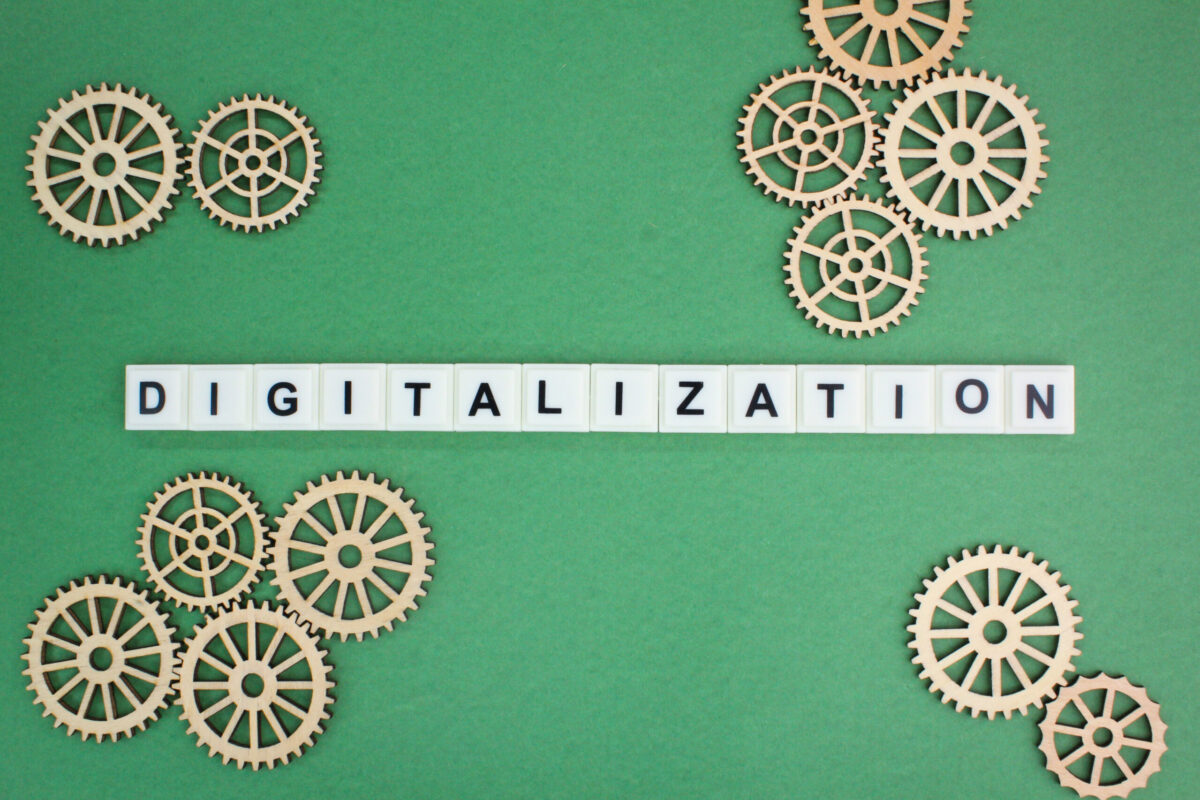In these strange and unusual times, businesses are having to consider how they reduce their outgoings, whilst maximising their output, in order to succeed in the face of challenges that were simply unthinkable six months ago. Many have already encountered the limbo state of furloughed teams, and we’re not out of that deep water yet. Others are looking ahead to potential redundancies in order to keep their business afloat.
There are many ways in which companies can reduce costs, and retaining important team members is always going to come high on the list. I don’t believe I have all the HR answers, but what if you could save costs elsewhere in your business? Remote server monitoring presents a proactive approach that can solve problems before you even know you have them.
The end of CapEx
Servers, whether onsite or cloud-based, are a built-in expense to any business. No matter where your business is based, and what your infrastructure looks like, the potential cost of outages, fixes, or replacements (due to refresh cycles or otherwise) remains.
Once up and running, you will initially save 35-40% and this saving can increase further with improvements where required, and when your team’s time is considered too – which I’ll go into more below.
We have already seen the reduction in costs from high capital expenditures (CapEx) to more flexible monthly operating costs (OpEx). I believe that COVID-19 will fast-track that change, and CapEx will become a thing of the past within the next 6 months. Being able to not only reduce, but predict your future expenditure is even more critical now, and remote server monitoring plays an important part.
Crystal ball critical paths
The traditional (old) way of discovering that something is wrong with your infrastructure is for the server to go down. Downtime, at any time, is not something you want to negotiate, and the impact on your business now is even more critical. If your remote teams can’t work at the moment, you’ll have a workforce that feels stranded in more ways than one, not to mention unhappy clients.
With remote server monitoring, the system is, well, monitored. This means that an eye is always on how your servers are performing. The behaviour of your infrastructure is learnt, and then faults can not only be discovered but predicted – before the system lets you down. By automatically and proactively highlighting issues, they can be resolved quickly often before you even know there’s a problem. The new way is the way to go.

Real-time resolutions
By using remote monitoring, you move away from slow reactions that will cost you both time and money. The maintenance process is shortened (as per the diagram above), resulting in proactive and quicker fixes and less unscheduled downtime.
When you work with a partner like Allied Worldwide, you can count on the faults being seen through from alert to resolution without unnecessary impact on your time and resources. Remote server monitoring becomes part of your service desk experience: for example, if a fault is found that could affect your system in the near future, the service desk will be alerted to prepare the necessary parts and engineering time to ensure there is no or very minimal downtime and disturbance. Your Allied team is then aware of the system’s ‘bigger picture’ 24/7 and can shoulder the responsibility, allowing your internal teams to focus on more transformative initiatives.
Human intervention in its place
The thought of human intervention is often a term with negative connotations. When it comes to server monitoring, the old way shows how human intervention can slow things down, make the process more reactive and ultimately more expensive.
With remote monitoring, you don’t lose sight of the human touch. Instead it complements the automation in more effective ways. At Allied, your service desk team is the first line of support which allows for quick solutions without the need to involve highly skilled and specialist level 3 engineers in the first instance, or wasting your team’s time in lengthy information gathering calls. This can also be economically beneficial when it comes to dealing with alerts that are covered by warranties, for example, because it can be efficiently processed without the cost of a more expensive level 3 engineer call out.
The in-person approach is not something we avoid though. Instead as part of our service, where suitable, we offer a scheduled visit from a level 3 engineer to keep everything in check. Again, this offers a proactive solution without additional costs to help us help you.
Working together for you
My colleague Akash recently discussed the importance of partnerships on our blog, and I can only echo his sentiments. No matter who you work with for your IT support, whether internal or outsourced, a partnership with aligned goals is how you create true value.
Whether you’re looking to cost-save, improve your infrastructure or set-up a new one for initiatives that are going to take your business forward, remote server monitoring can provide the fix for issues you can’t even see yet. It is a solution that under promises in its simplicity and over delivers when it really counts.
If you would like to discuss how this could work for your infrastructure, and how Allied could support you to optimise whilst saving, let’s talk.




